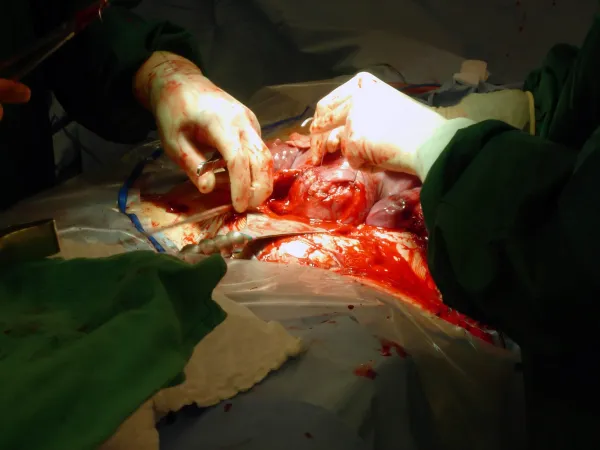Don't Settle for the Simple 'Pain' Diagnosis
General is fine for a starting point, but be prepared to shift. Coding for pain syndromes can sometimes be difficult because it takes time – and potentially multiple encounters or attempts at treatment – before your provider can assign a definitive diagnosis. As a refresher on how to correctly handle these situations, check out this real-world scenario. The situation: A new patient visits the office with complaints of shoulder pain. During the course of the initial visit, your provider diagnoses tendinitis. Her notes indicate an expanded problem focused history and examination, and low-level medical decision making (MDM). The question: When coding the claim, do you submit an ICD-10 code for shoulder pain, tendinitis, or both? The answer: If your provider was not able to pinpoint a more accurate diagnosis during the patient’s first visit, you can submit the claim with a diagnosis of general pain. Once the provider confirms a more specific diagnosis, however, you don’t need to submit another ICD-10 code for the presenting problem (pain). In the situation described above, you’ll append a tendinitis code to your 99202 (Office or other outpatient visit for the evaluation and management of a new patient, which requires these 3 key components: An expanded problem focused history; An expanded problem focused examination; Straightforward medical decision making …) claim. You will, however, need to discover which type of tendinitis the patient was suffering from. There are two types of shoulder tendinitis. Check out these definitions and ICD-10 codes for each type: Bicipital tendinitis: If the provider indicates bicipital shoulder tendinitis, you’ll choose from the following ICD-10 codes: According to orthoinfo.aaos.org, symptoms of bicipital tendinitis include The condition is “inflammation of the long head of the biceps tendon. In its early stages, the tendon becomes red and swollen. As tendinitis develops, the tendon sheath can thicken. The tendon itself often thickens or grows larger,” orthoinfo.aaos.org states. When bicipital tendinitis reaches its late stages, the affected area can be dark red and swollen. The condition often occurs with other shoulder issues — most frequently damage to the rotator cuff. According to orthoinfo.aaos.org, other problems that often accompany bicipital tendinitis include: Calcific tendinitis: If the provider indicates calcific shoulder tendinitis, you’ll choose from the following ICD-10 codes: According to orthogate.org, symptoms of calcific tendinitis include: In short, calcific tendinitis occurs in the tendons of the rotator cuff. Most often in calcific tendinitis, “calcium deposits usually form on the tendon in the rotator cuff called the supraspinatus tendon,” orthogate.org explains. The tissue around the calcium deposits can become inflamed and cause shoulder pain; people over 40 are most often affected by calcific tendinitis. Best bet: Scour the notes for any indication as to whether this is bicipital or calcific tendinitis. Since symptoms for these conditions often overlap, you might have to check with the performing provider for a definitive answer.




